How drones changed the face of Ukraine’s resistance
US to deliver ‘kamikaze’ Switchblade weapons to bolster Kyiv’s defence
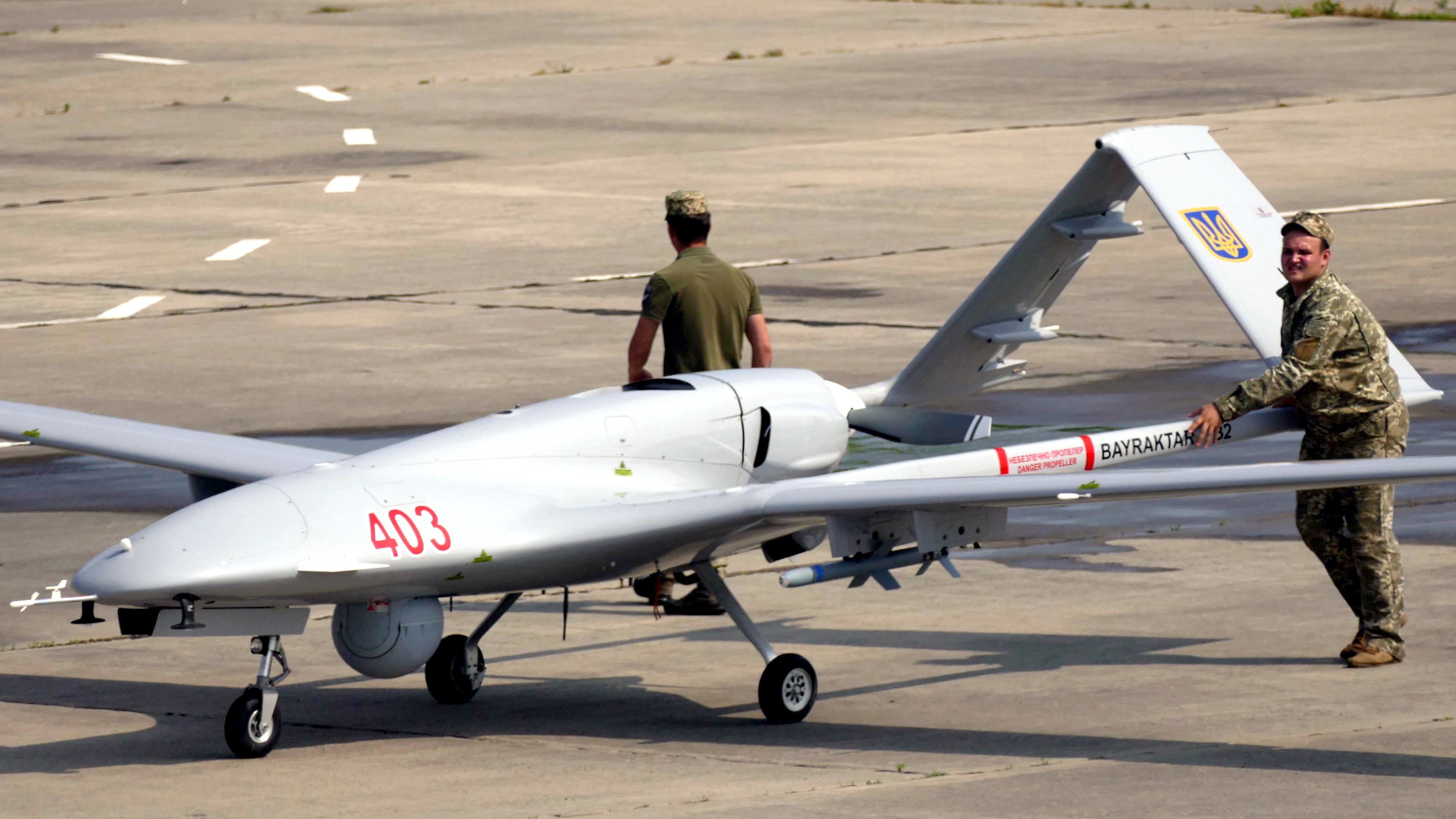
The US is planning to provide Ukraine with “kamikaze” drones as part of an $800bn (£609bn) weapons package to help repel Russia’s stalled invasion.
The shipment includes 100 unmanned drones, which US officials told euronews are “Switchblades” – “small ‘suicide’ drones that explode on impact” with a target.
“Aerial drone footage of the destruction of Russian armoured vehicles” has quickly “become a key tool for Ukraine’s information war and has gained attention on social media”, Sky News reported. So just how much have drones aided Ukraine’s resistance?
The Week
Escape your echo chamber. Get the facts behind the news, plus analysis from multiple perspectives.

Sign up for The Week's Free Newsletters
From our morning news briefing to a weekly Good News Newsletter, get the best of The Week delivered directly to your inbox.
From our morning news briefing to a weekly Good News Newsletter, get the best of The Week delivered directly to your inbox.
‘Unseen threat’
Despite three weeks of near constant bombardment by Russian troops, “Ukrainian forces have defended the country’s cities using cheap drones with lethal effectiveness”, Sky News said, “surprising Western military experts” in the process.
The drones currently being used by the Ukrainian military are Turkish-made TB2s, which have “carried out unexpectedly successful attacks”. They cost “under $2m (£1.5m) each” and “are flown at a low level, allowing Ukrainian forces to strike Russian targets”.
“Although Turkish officials refuse to disclose details of the drone sales to Ukraine”, the broadcaster added, independent estimates by open source intelligence researchers “suggest the number of TB2s in Ukraine is between 20 and 50”.
UK Defence Secretary Ben Wallace has praised Ukraine’s use of drone attacks, telling the House of Commons that Turkish TB2s have been “incredibly important in order to slow down or block the Russian advance”.
A free daily email with the biggest news stories of the day – and the best features from TheWeek.com
According to The Times, an “elite Ukrainian drone unit” has successfully hit dozens of “priority targets” by “attacking Russian forces as they sleep”. Aerorozvidka, “a specialist air reconnaissance unit within the army”, has picked off Russian “tanks, command trucks and vehicles carrying electronic equipment since the invasion began”.
“Russian forces are static when night falls”, the paper continued, “with their fear of Ukrainian shelling forcing them to hide their tanks in villages between houses, knowing that conventional artillery cannot risk hitting civilians”.
Those “immobile convoys” have become “the prime targets of Aerorozvidka, which has 50 squads of expert drone pilots”, the paper added.
“In the night it’s impossible to see our drones,” an Aerorozvidka soldier said. “We look specifically for the most valuable truck in the convoy and then we hit it precisely and we can do it really well with very low collateral damage. Even in the villages it’s possible. You can get much closer at night.”
Russia has so far “been able to stop Ukraine’s drone attacks”, said Justin Bronk, a research fellow at the Royal United Services Institute (RUSI).
Writing in The Spectator, Bronk explained that “it is also likely that the threat of attacks from a quiet and potentially unseen threat has an outsized psychological impact on Russian troop morale and tactics”.
“The effectiveness so far of the TB-2 speaks more to the skill of its Ukrainian operators and the incompetence and operational failures of Russian forces than any particularly unique capabilities of the drone itself,” he added.
Second wave
The drones being delivered by the US are known as “kamikaze drones” as “they can be flown directly into a target, after which it explodes”, The Independent said. The name is a reference to “the tactic employed by Japanese pilots in World War Two of loading up small planes with explosives and flying them directly into Allied warships.
“There are two types of Switchblade drone, the 300 and 600 series,” the paper added. “The 300 is intended for use against personnel, while the 600 is intended for use against tanks and armoured vehicles.” But “it is unclear which – or if both – are being sent”.
The drones are “small enough to fit in a backpack, cruise at around 100 km/h and carry cameras, guidance systems and explosives to dive-bomb into its target”, euronews reported. They “can also disengage or abort a mission at any time, and then recommit to another target depending on what the operator commands”.
This could be vital in the coming weeks. Jack Watling, a research fellow for land warfare at the RUSI, told Sky News that as Russian forces become more organised, the opportunity for drone deployment is “diminishing”. “What we are now seeing is that the Ukrainians are having to be careful as to when they commit them,” he added.
Concern is also mounting after a Russian “suicide drone” that has “the ability to identify targets using artificial intelligence” was “spotted in images of the ongoing invasion of Ukraine”, Wired reported.
“The drone itself may do little to alter the course of the war in Ukraine, as there is no evidence that Russia is using them widely so far”, the magazine said. But it “has sparked concern about the potential for AI to take a greater role in making lethal decisions”.
-
 All roads to Ukraine-Russia peace run through Donetsk
All roads to Ukraine-Russia peace run through DonetskIN THE SPOTLIGHT Volodymyr Zelenskyy is floating a major concession on one of the thorniest issues in the complex negotiations between Ukraine and Russia
-
 Why is Trump killing off clean energy?
Why is Trump killing off clean energy?Today's Big Question President halts offshore wind farm construction
-
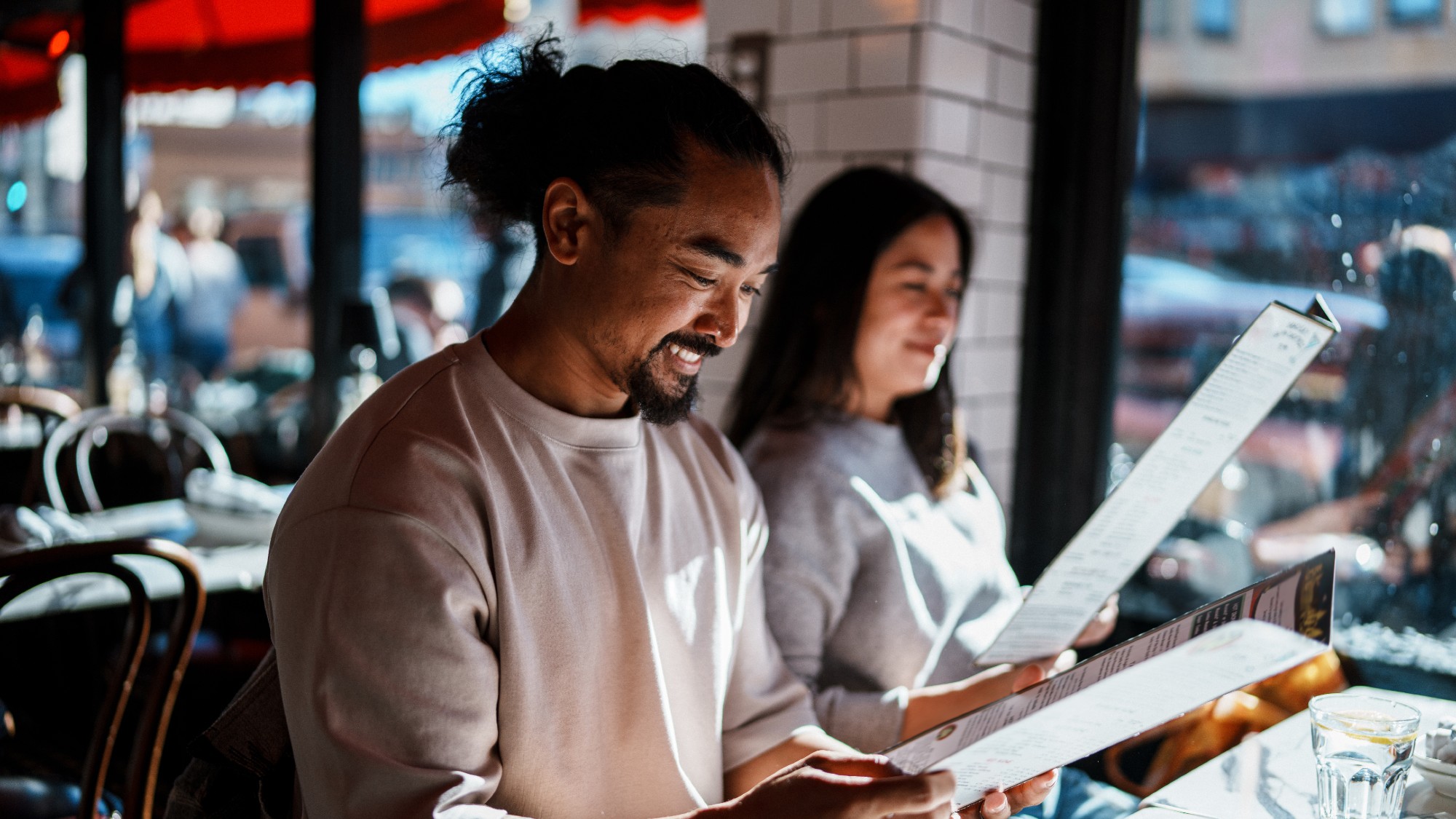 8 restaurants that are exactly what you need this winter
8 restaurants that are exactly what you need this winterThe Week Recommends Old standards and exciting newcomers alike
-
 Taiwan eyes Iron Dome-like defence against China
Taiwan eyes Iron Dome-like defence against ChinaUnder the Radar President announces historic increase in defence spending as Chinese aggression towards autonomous island escalates
-
 Is conscription the answer to Europe’s security woes?
Is conscription the answer to Europe’s security woes?Today's Big Question How best to boost troop numbers to deal with Russian threat is ‘prompting fierce and soul-searching debates’
-
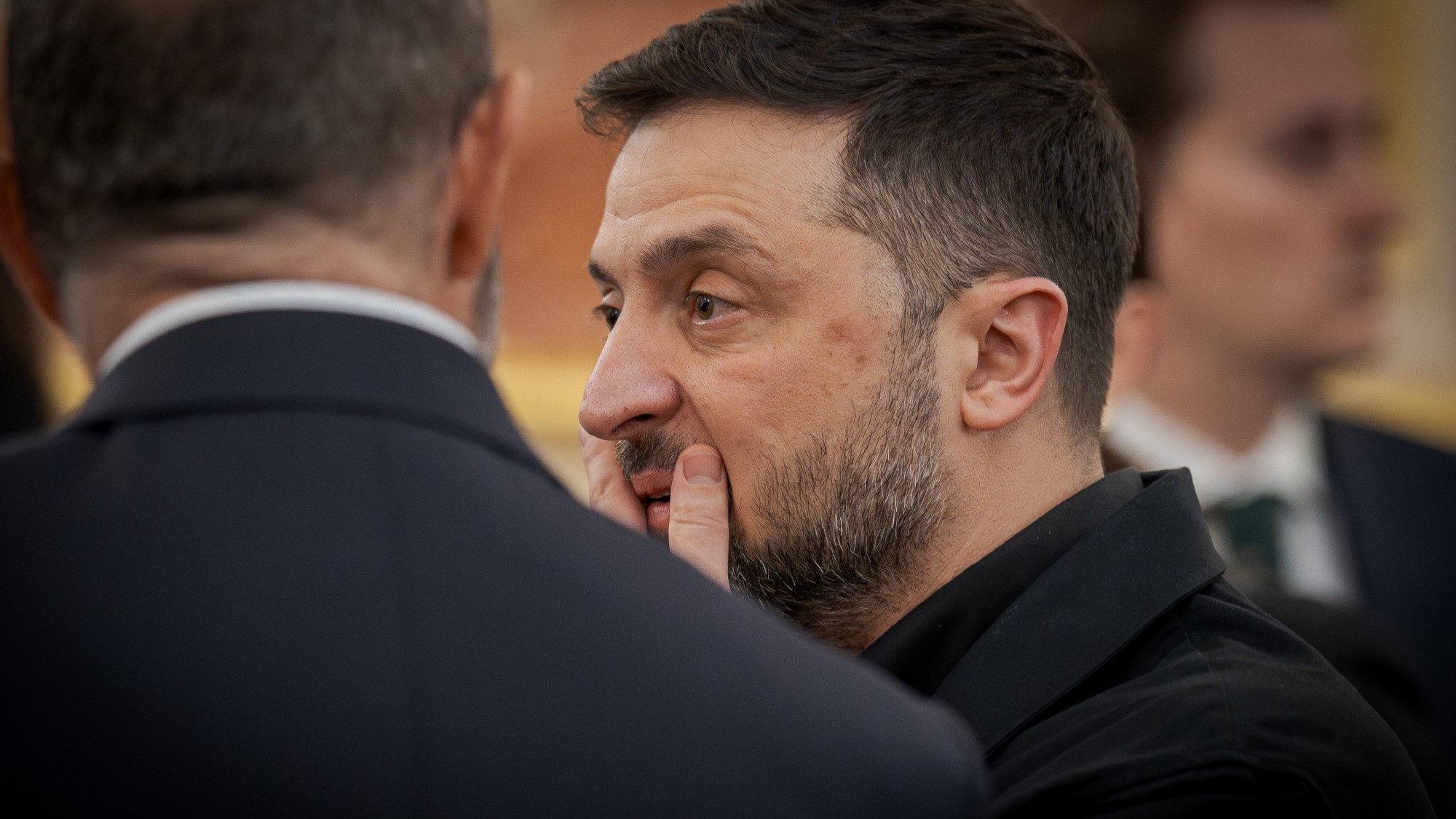 Trump peace deal: an offer Zelenskyy can’t refuse?
Trump peace deal: an offer Zelenskyy can’t refuse?Today’s Big Question ‘Unpalatable’ US plan may strengthen embattled Ukrainian president at home
-
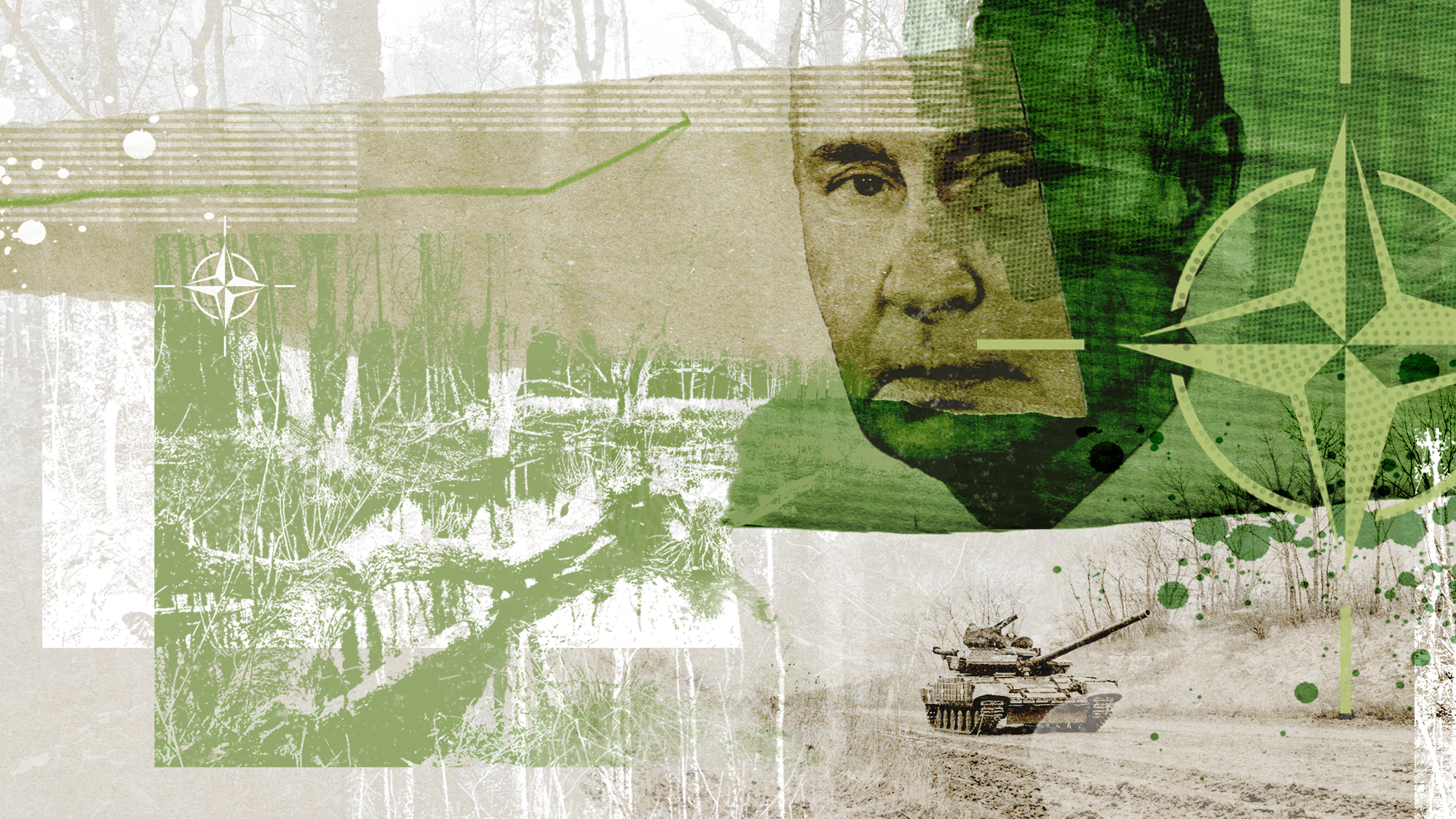 The Baltic ‘bog belt’ plan to protect Europe from Russia
The Baltic ‘bog belt’ plan to protect Europe from RussiaUnder the Radar Reviving lost wetland on Nato’s eastern flank would fuse ‘two European priorities that increasingly compete for attention and funding: defence and climate’
-
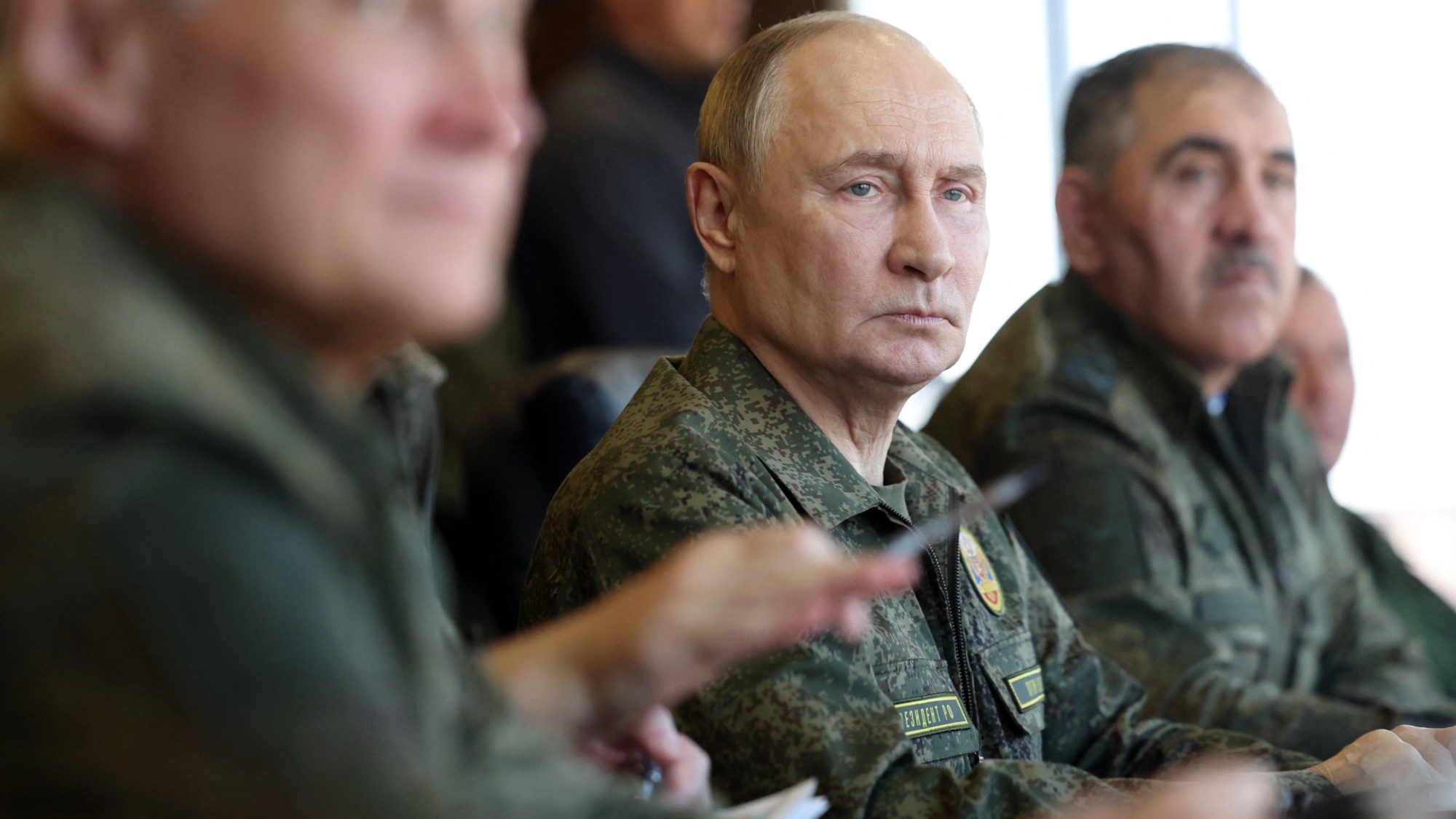 How should Nato respond to Putin’s incursions?
How should Nato respond to Putin’s incursions?Today’s big question Russia has breached Nato airspace regularly this month, and nations are primed to respond
-
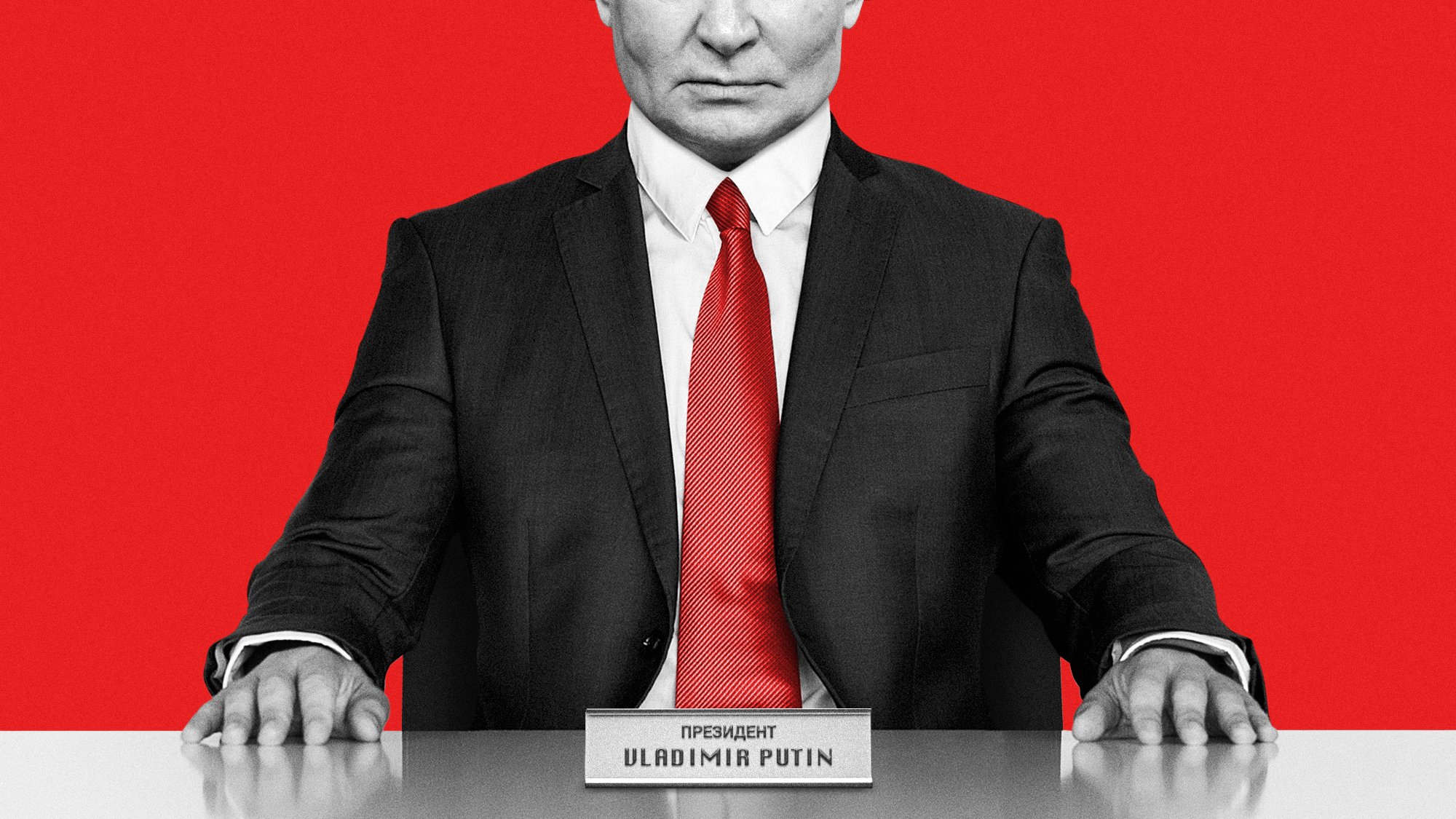 What will bring Vladimir Putin to the negotiating table?
What will bring Vladimir Putin to the negotiating table?Today’s Big Question With diplomatic efforts stalling, the US and EU turn again to sanctions as Russian drone strikes on Poland risk dramatically escalating conflict
-
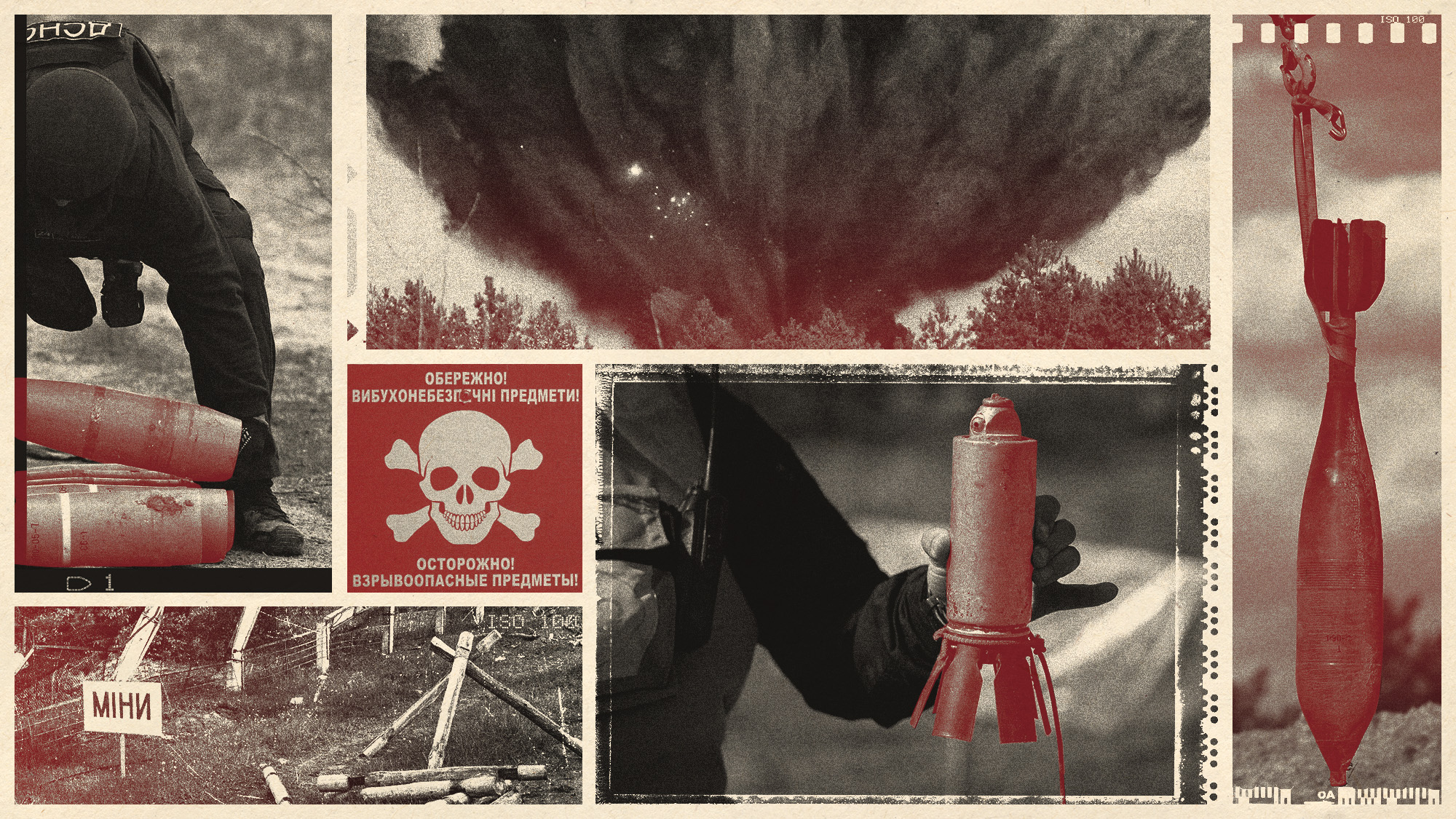 The mission to demine Ukraine
The mission to demine UkraineThe Explainer An estimated quarter of the nation – an area the size of England – is contaminated with landmines and unexploded shells from the war
-
 Ottawa Treaty: why are Russia's neighbours leaving anti-landmine agreement?
Ottawa Treaty: why are Russia's neighbours leaving anti-landmine agreement?Today's Big Question Ukraine to follow Poland, Finland, Lithuania, Latvia and Estonia as Nato looks to build a new ‘Iron Curtain' of millions of landmines